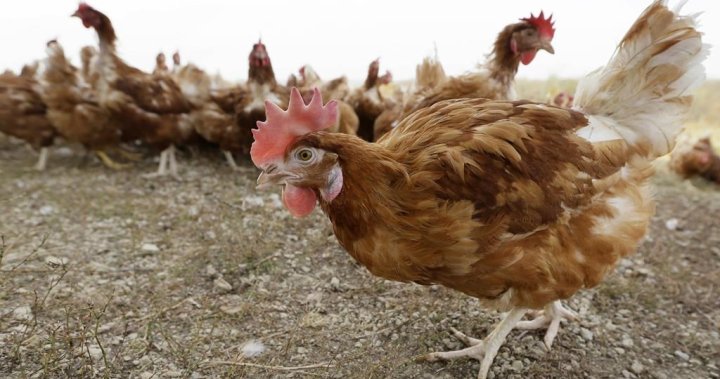The World Health Organization has expressed significant concern about the potential spread of the H5N1 bird flu virus to humans. The virus, which first emerged in southern China in 1996, has been causing outbreaks in birds and has the ability to spread to mammals, including dairy cattle. The recent case of avian influenza in a person who had contact with dairy cows in Texas has raised alarm among experts, as the virus has the potential to mutate and develop the ability to infect humans and spread among them.
Despite the concerns raised by experts like Jeremy Farrar, infectious diseases specialist Dr. Isaac Bogoch reassures Canadians that they do not need to alter their daily routines at this time. While the virus has been on the radar for decades, recent large die-offs of birds have raised concerns about its potential spread and mutation. The virus has caused 889 human cases and 463 deaths globally since 2003, with a case mortality rate of about 52 percent as of April 1. While the virus is not currently efficiently transmitted between humans, there is a risk that it could mutate and become more easily transmissible.
Both Bogoch and Farrar emphasize the importance of countries having systems in place to quickly detect and prevent the spread of H5N1. They also highlight the need for continued research and development of treatments such as therapeutics and vaccines, as well as international communication and cooperation to address the potential threat of the virus. Farrar stresses the urgency of addressing the virus’s ability to evolve and spread, as well as the potential for it to develop the ability for human-to-human transmission, which could lead to an epidemic or pandemic.
The Canadian Food Inspection Agency has not detected any cases of H5N1 in dairy cattle or livestock in Canada, but producers are advised to monitor for signs and contact their veterinarian if they suspect a case. While there is no immediate need for Canadians to change their daily routines, experts urge vigilance and preparedness in the face of the virus’s potential threat. With the virus showing epidemic and pandemic potential and a high case mortality rate, the importance of early detection, prevention, and research cannot be overstated in addressing the ongoing concerns surrounding the H5N1 bird flu.
In conclusion, while there is significant concern about the risk of the H5N1 bird flu virus spreading to humans, experts advise that Canadians do not need to change their daily routines at this time. The key focus is on early detection, prevention, and continued research and development of treatments to address the potential threat of the virus. With the virus showing the potential to mutate and develop the ability to infect humans more efficiently, international cooperation and communication are essential in addressing the ongoing concerns surrounding the H5N1 bird flu. Despite the current state of affairs, vigilance and preparedness are crucial in ensuring the safety and well-being of the population in the face of this evolving threat.


